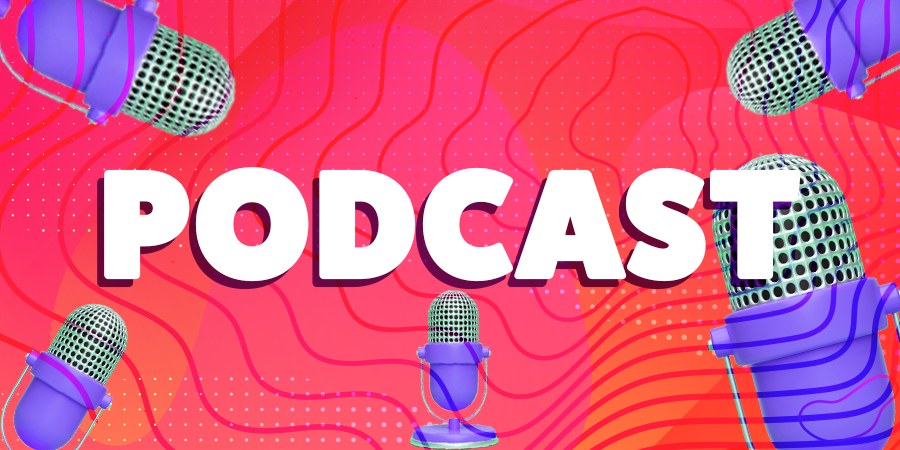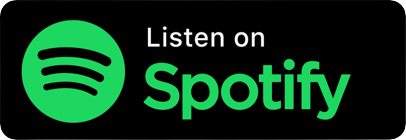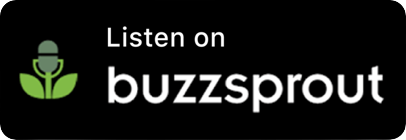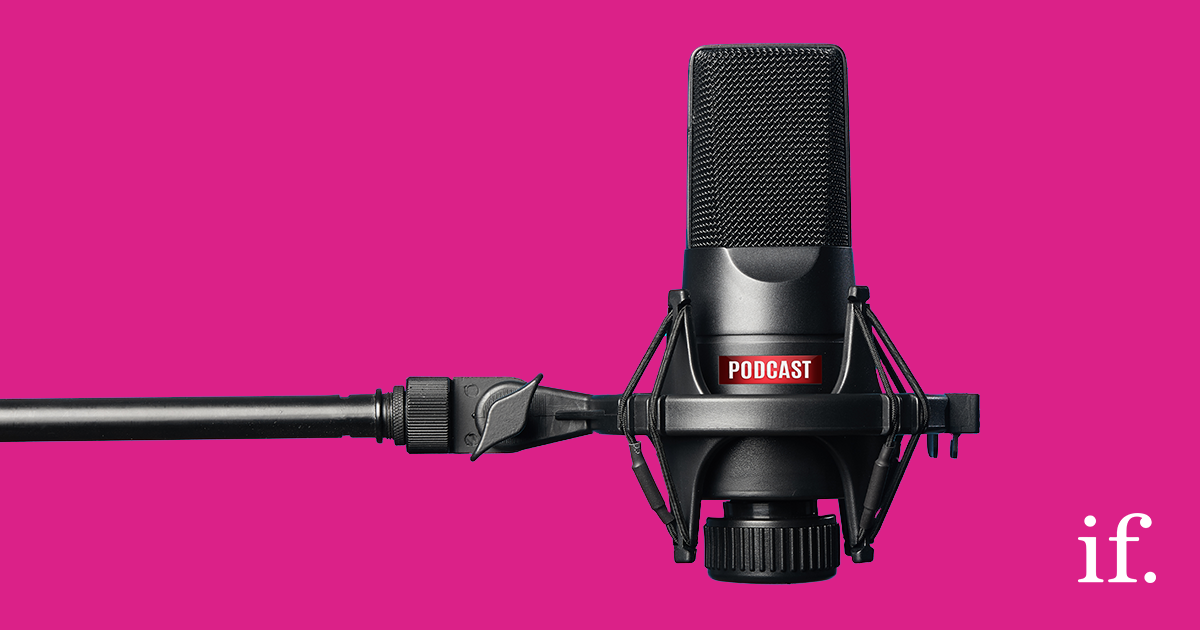Ep 17: Serious Social – Sounds in social
The latest episode of our Serious Social podcast with our Associate Director, Belle Lawrence looked at the role of sound in social media! Listen now for a deep dive into how you can enhance your ‘sound on’ social formats like Stories and Videos.
If you’re after more know-how to break the social boring, subscribe now.
Full Transcript
Welcome to the Serious Social podcast, created by the straight-talking social media experts at immediate future.
If you’re not using sound in social, you’re leaving your brand on mute.
Belle –
Welcome to Serious Social Live – I’m Belle Lawrence. If you have any questions while we’re live, just drop them in the comments and the team will come back to you, or of course, send us a message afterwards!
Now, what have you listened to today? Music? The sound of emails landing in your inbox? Perhaps a podcast? And right now, you’re listening to me!
Within social, we’re used to tapping, swiping and watching, but do we always listen? It seems that audio is booming right now, so we’re going to explore sound in social media today.
We don’t need a physical stage to make a noise – social media is an opportunity to turn up your brand volume, and incorporating sound into your strategy can really elevate your brand resonance.
Music and sound can trigger powerful images in the prefrontal cortex, that’s this bit of the brain just behind the forehead. A mental movie starts playing in our head, calling on memories of people, places and things. It’s also been observed that Alzheimer’s patients who experience memory loss can recall songs and music from a long time ago. It’s because the prefrontal cortex is one of the last parts of the brain to deteriorate. Memory is linked strongly to emotion, and as we know, to create brand recall we need to be memorable, therefore focus on emotions. Katy Howell has recorded a video and podcast on this topic which you can find on our website if you want to get emotional.
We can’t ignore the rise of voice search and voice-activated devices in our homes, either. Current statistics show that 41% of adults use voice search at least once per day, and in 2020, more than half of all smartphone users will engage with voice technology on their device.
And when we’re not talking to our devices, we’re listening through them – DAB and streaming is on the up, and people are discovering that coming away from a screen might actually be preferable – for example,
Let’s look at podcasting, you might be watching this live on social, or you might be consuming it as a podcast – why did we launch a podcast? Well, it had been on the cards for some months, but when the UK went into lockdown and we were unable to be together to film our marketing content, it became a priority! Brandwatch has reported that in April, thirty-nine thousand people mentioned their own podcasts in social posts which was a 41% increase year-on-year. So marketers could be driving the increase due to Covid, but aside from that, podcasts are a great stream of content to reach your audience – it may be that they can’t access a screen during the day, or that they have to travel for some reason. It’s really not just marketers, it’s easy for anyone to become a podcaster with minimal equipment, about any topic you like! During the pandemic so far, arts has been the big topic for podcasts, with over 6000 being created, followed by Sports, Business, TV and film, News and politics and Music each at over 3000 created. I mean, quite a lot of them are bored celebrities with no other work to do, but that really means there’s something for everyone!
In August 2019, Ofcom showed that over seven million people listen to podcasts, that’s 1 in 8 people, 24% up from 2018. So I have no doubt that this August, the Ofcom results will be even higher.
So, whether you’re a brand who can invest in soundproofing and fancy mics, or you’re substituting with some cushions, duvets and a mic with a sock on it, it could be worth expanding into podcasting. A few considerations for you brand marketers, though:
- First, while you can easily get into it with minimal investment, it’s worth trying to get your audio to the highest quality possible and without any background noise. Yes, that’s why I have a sock over my SM58 mic, and I’ve tacked a camping mat to my wall!
- Second, if you are a brand, make sure you think about the podcast name, series and visual brand – don’t half-arse it, take a bit of time during the setup and then the regular output becomes easy.
- Thirdly, you’ll need to promote it. Same as a blog post or a new product, you’ll get some organic traffic once you’re listed on all the podcast feeds, but it’s unlikely to take off unless you build a campaign around it.
Talking of feeds, something we discovered when launching was the variety of feeds you can subscribe to! We use a hosting service by Buzzsprout – other services are available – and this allows us to submit our RSS feed to multiple podcast directories, there’s about 9 I think – the landscape is evolving quickly, and we can see that since Spotify invested millions of dollars of in software for podcasting in 2019, and are signing exclusive deals with The Joe Rogan Experience and Kim Kardashian West, now.
Personally, my podcast subscriptions vary from comedy and lifestyle through to digital marketing. I’m often surprised by the length of podcasts – it’s all down to the personal preference of course, and how much space in your life you have. Some seem very long to me – I’m used to consuming long-form fiction in audiobooks or bingeing TV shows, so I find the ideal podcast length is under 30 minutes. In contrast, some podcasts are under 10 minutes long – definitely classed as snackable and certainly hitting the trend for micro-blogging.
It might not be obvious, but micro-blogging has been on the rise for quite a few years now. YouTube vloggers content is prevalent, and I’m always reminded of the #storytime theme which Vine users adopted with gusto, back in the day. In the same vein, the Story format found on Instagram and Facebook is beginning to roll out on other platforms. But what about audio-only micro-blogging… for this, Twitter has come to the rescue with Audio Tweets.
Limited to 140 seconds, and currently rolling out on iOS only in the UK, I’m slightly sceptical about takeup for this. We create audiograms fairly regularly, for ourselves and our clients, because the mix of audio and visual really captures attention, when creating video content may be out of reach.
And to be fair, the Audio Tweet does generate a cute visual automatically, and I particularly like that the functionality supports recording past 140 seconds and will create a thread of posts.
Twitter isn’t the only one sure-ing up a stake in audio-only tech. Facebook is reportedly testing a chat app just for audio in the States, to add to their growing portfolio of WhatsApp, Rooms, Messenger and more. Oh, p.s. Have you spotted that you can now record the pronunciation of your name on your LinkedIn profile? Awesome.
So, let’s go back to the why and the how of using sound. There are many ways to do this – audio branding largely goes unnoticed, but when you really listen, you’ll pick up on it – if I make this sound [intel], can you tell me the brand? Intel – in fact, did you know that 90% of the world’s audience recognise that sound as Intel.
And how about [McDonalds I’m loving it] – McDonald’s.
These are examples of sonic logos – and not every brand is going to need a sonic logo, and in fact, trying to start there would be a mistake, much like defining your visual brand with your visual logo – but developing a sonic identity or your sound DNA will help to build a long-term brand in the same way as a visual identity does.
I recently listened to a podcast about Siemens working with an agency to develop a new sound for their brand – one of their aims was to ensure the audience fully understood they were a digital company. The final sound was, therefore, a digital gradient, starting off with piano – analogue – merging into an electric string sound – digital – and incorporating a human vocal sound, too. This, of course, took months of work, but get it right and it lasts forever – [I’m lovin it]
It’s not just music, though, are you using sound effects? Thinking about ads for fizzy drinks or alcohol – watching an ad like this, we expect the visual to tell us how hot or cold the drink is, with condensation and steam, and maybe how it will make us feel – energised or relaxed, but what about the sounds?
If it’s a can of drink, you’ll have heard the [tssst] and the [glug glug glug] in these ads, and while you may not be consciously paying attention, they immediately create a brain picture and emotions around refreshment.
Food and drink brands spend particular time on this, to elevate our experience in ads – in fact, we incorporate it into our creatives for Mission Wraps – and now you’re wondering what sound a tortilla wrap makes, well, OK not the wrap itself, but how about the squeeze of a lemon over a taco, or the crunch of a nacho chip.
On social, sound in our creatives is not used every time, but when we’re creating stories or recipe videos which naturally lend themselves to “sound on” consumption, we’ve seen engagement rates which are much higher in those with sound effects than those without. We’re storytelling, essentially, in a much more full way than visual-only can achieve.
And we do of course have faith in our understanding of marketing, that consuming the creative with sound will help our audience remember the product.
If you’re interested in using sound effects, then we can help – we regularly speak to voice over artists and brief them on unique sounds for our clients. But, that’s not the only way – though they are limited, both YouTube and Facebook do in fact have an audio library, royalty-free, that creator’s can use. So there’s really no excuse to ignore audio.
So let’s recap – first, audio matters. It matters because our brains need audio and visual to create the strongest memories.
Secondly, there are lots of ways to take advantage of audio in social media – with podcasting, creating audiograms for your social visuals, by using Audio Tweets, and
Thirdly, getting sound into your social is not beyond your reach. OK, so you might not spend months developing a sonic logo, but choosing the right music by the tone and mood, or sourcing sound effects is a step worth taking.
If you’re after more know-how to break the social boring, subscribe now and check out the show notes for links to our website and social profiles.




